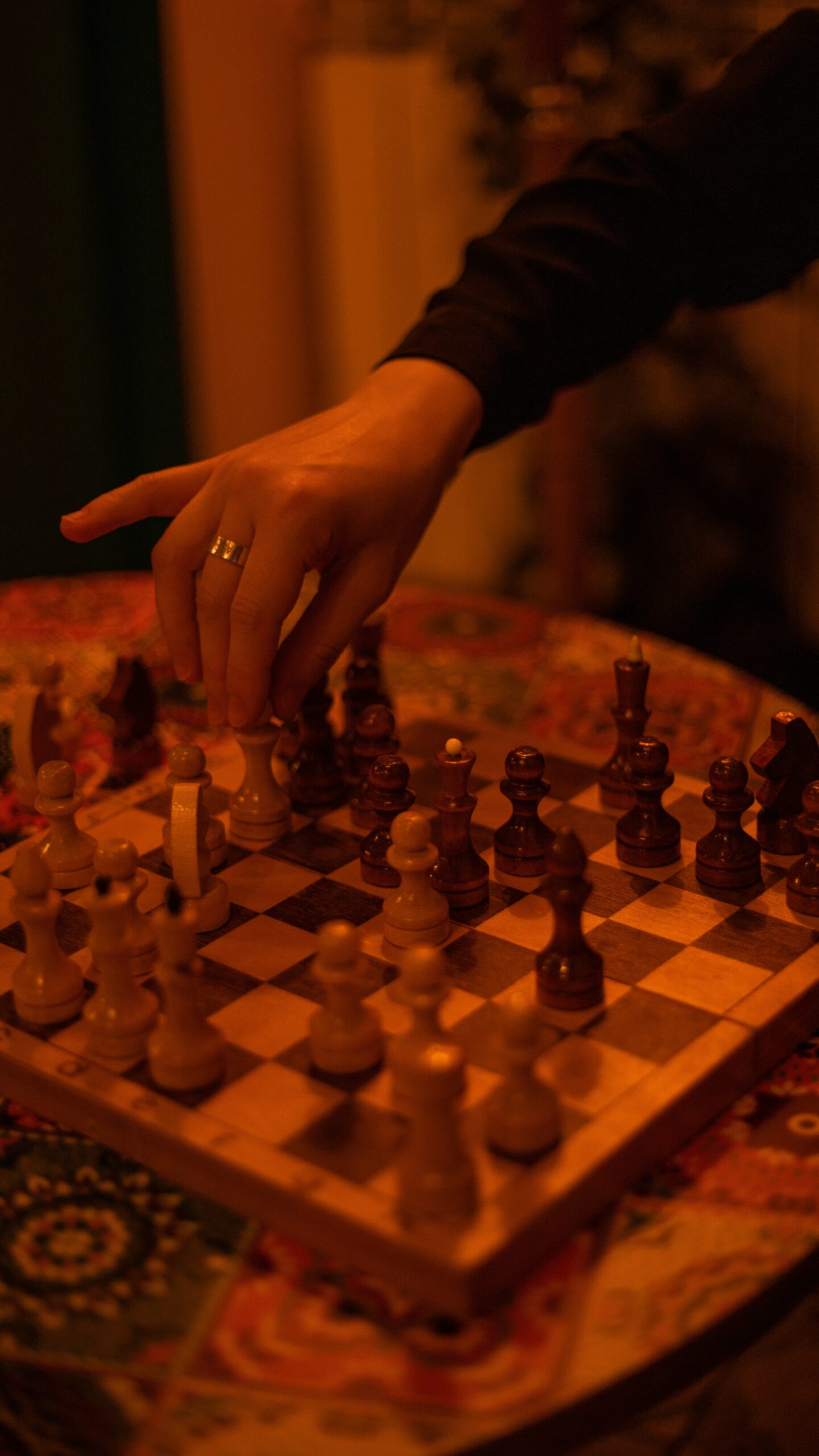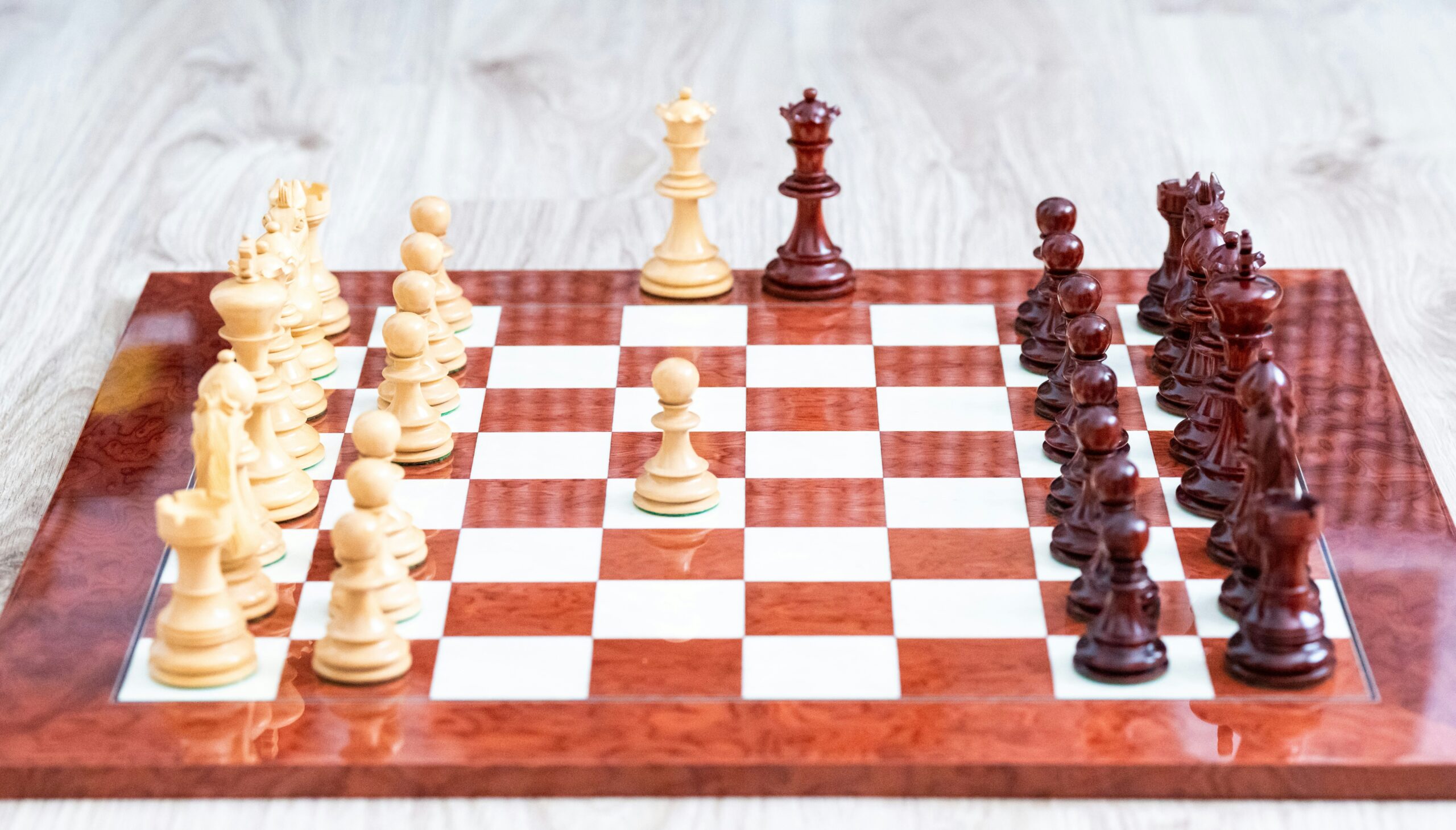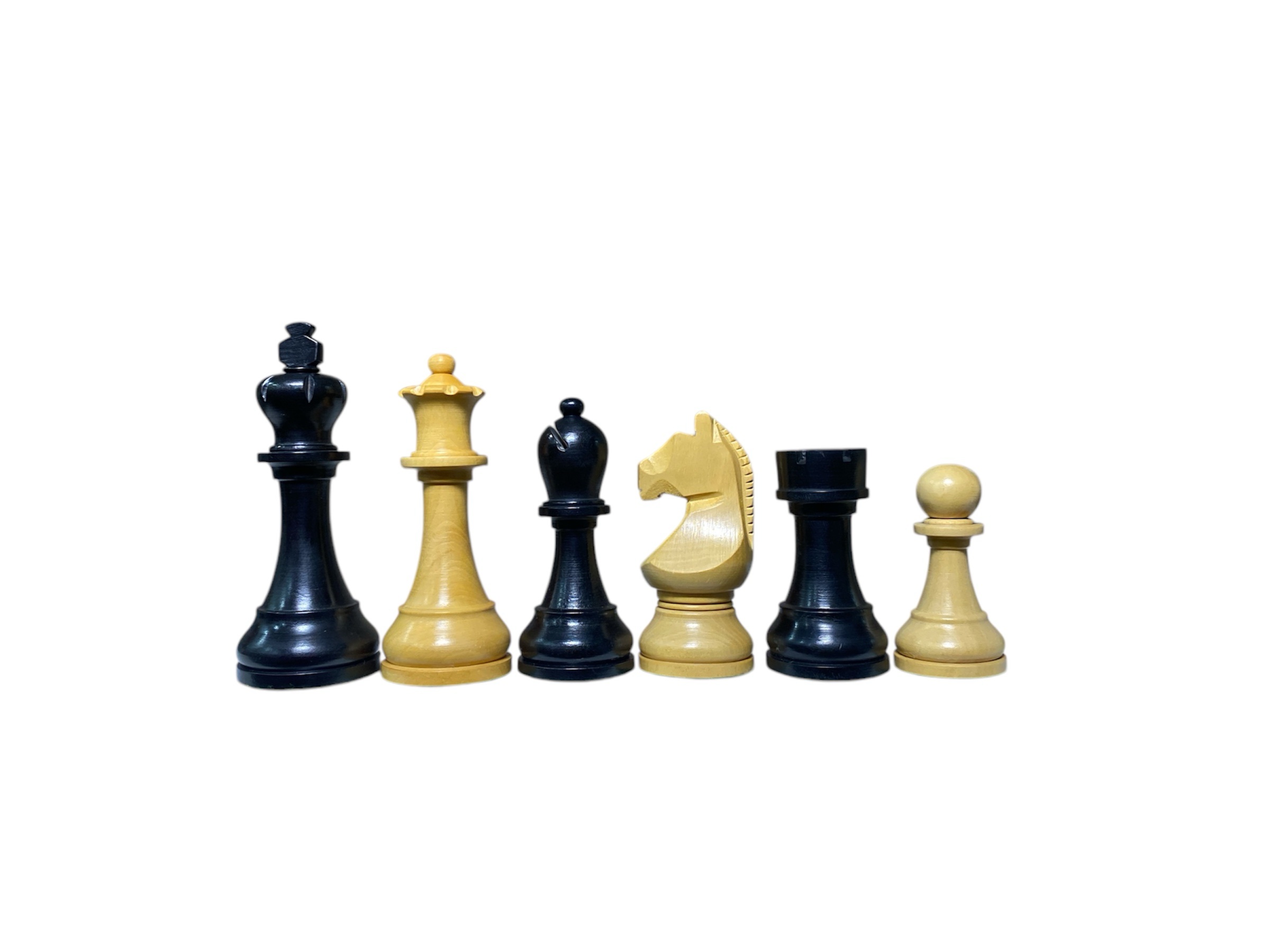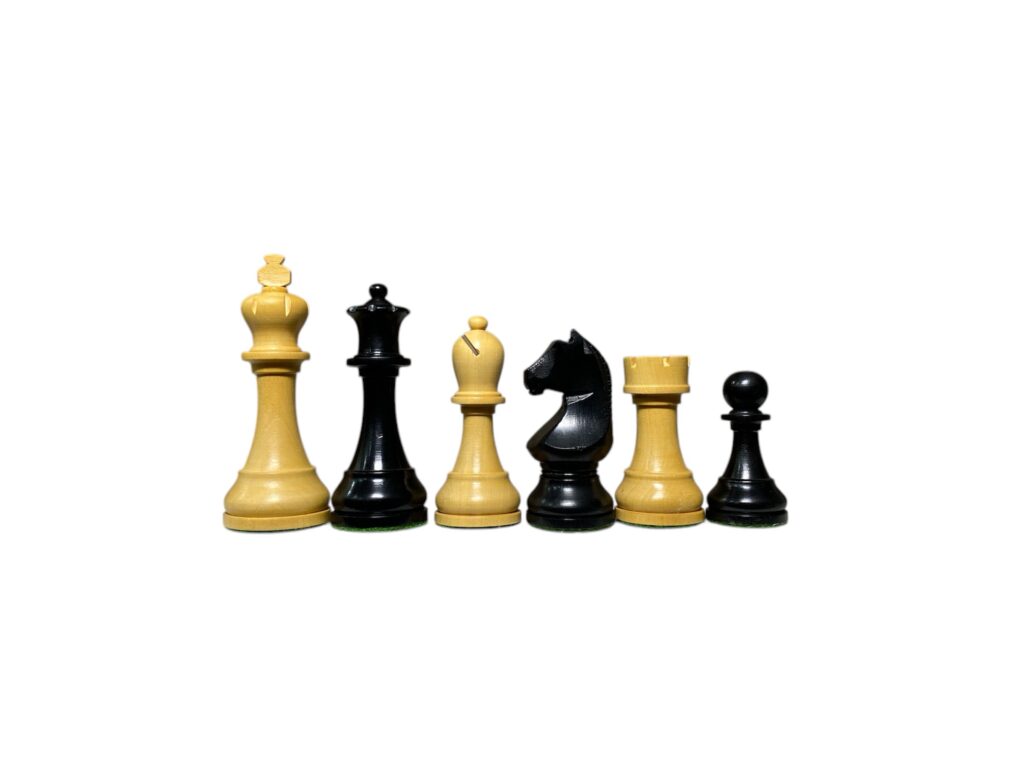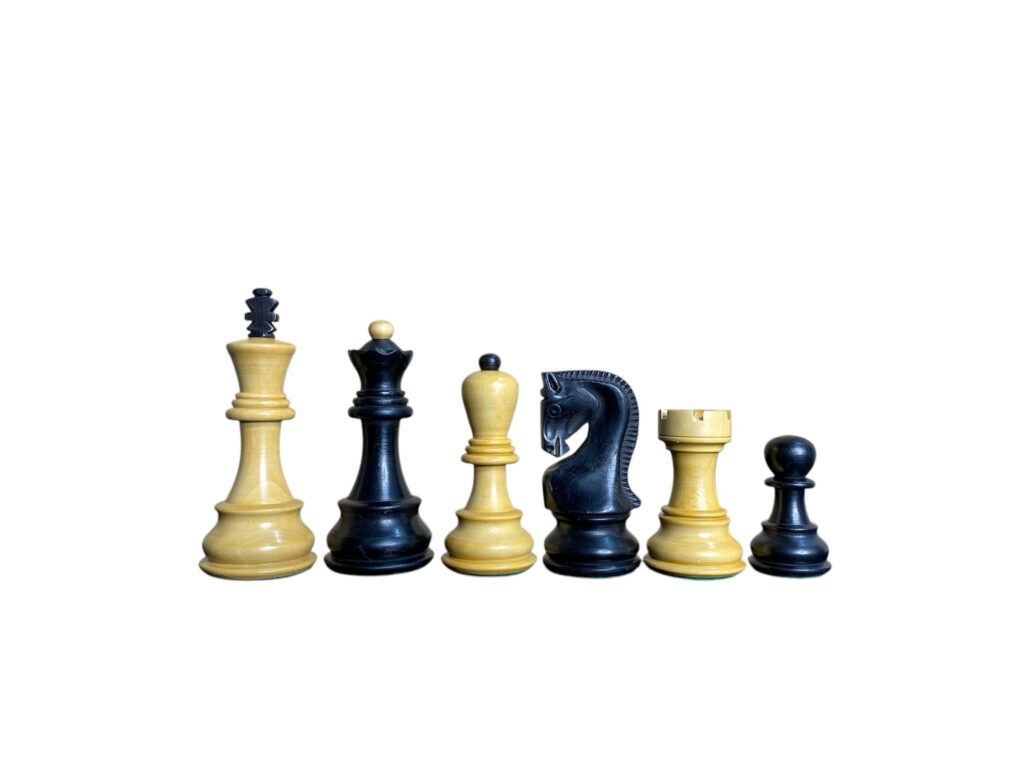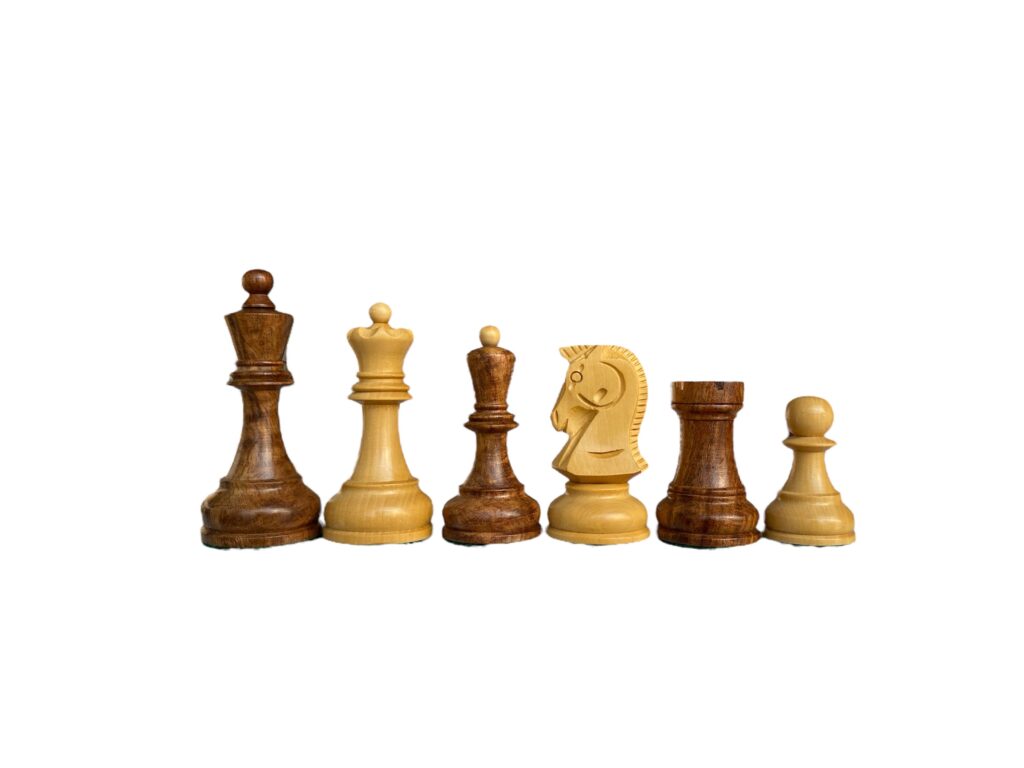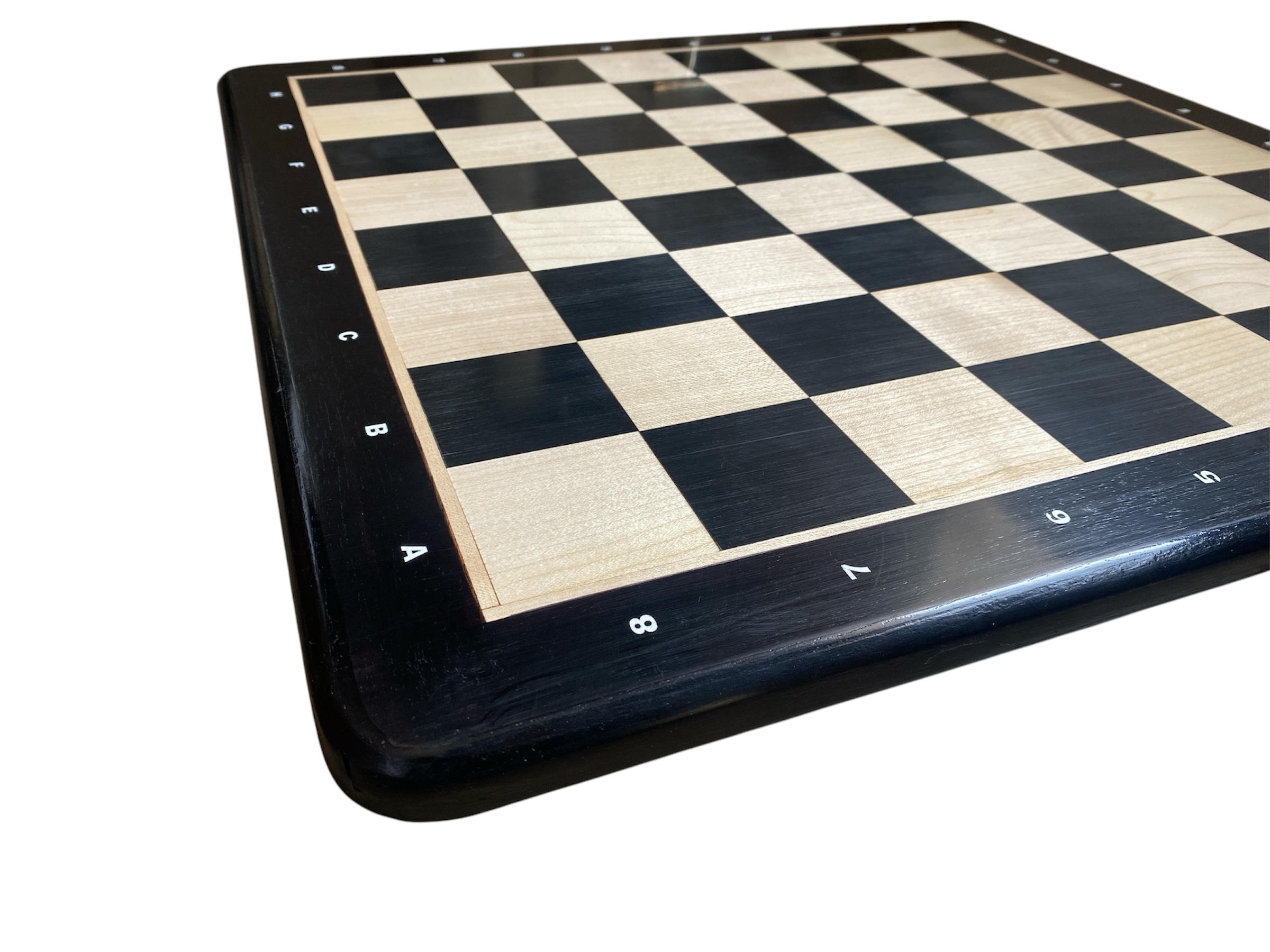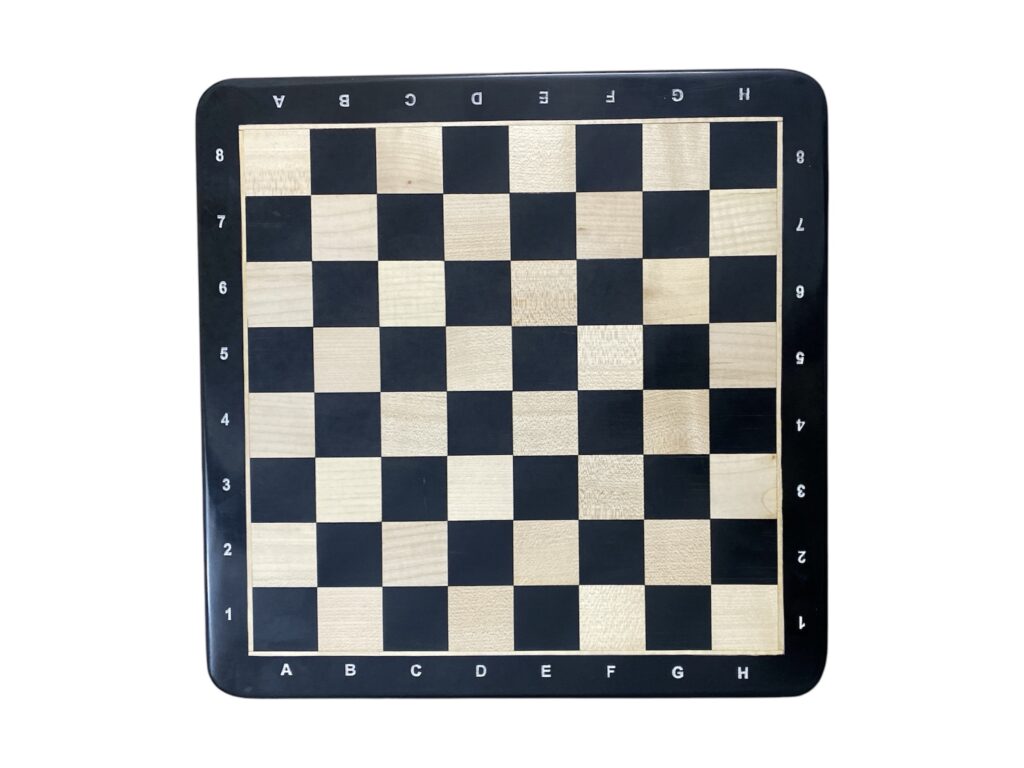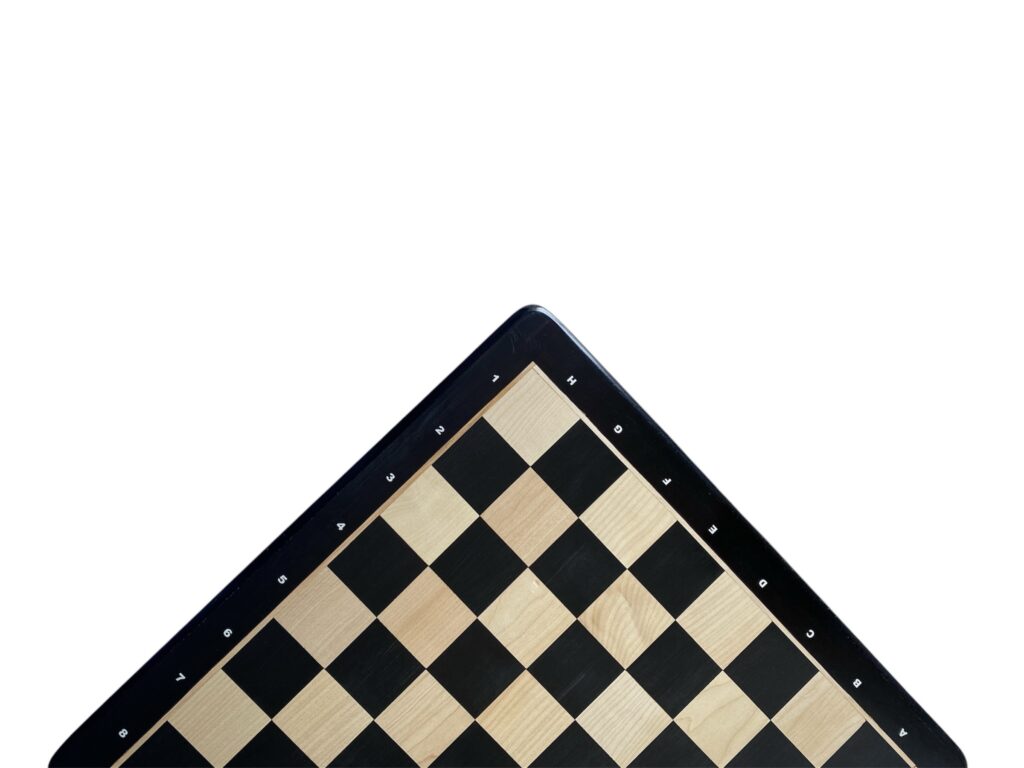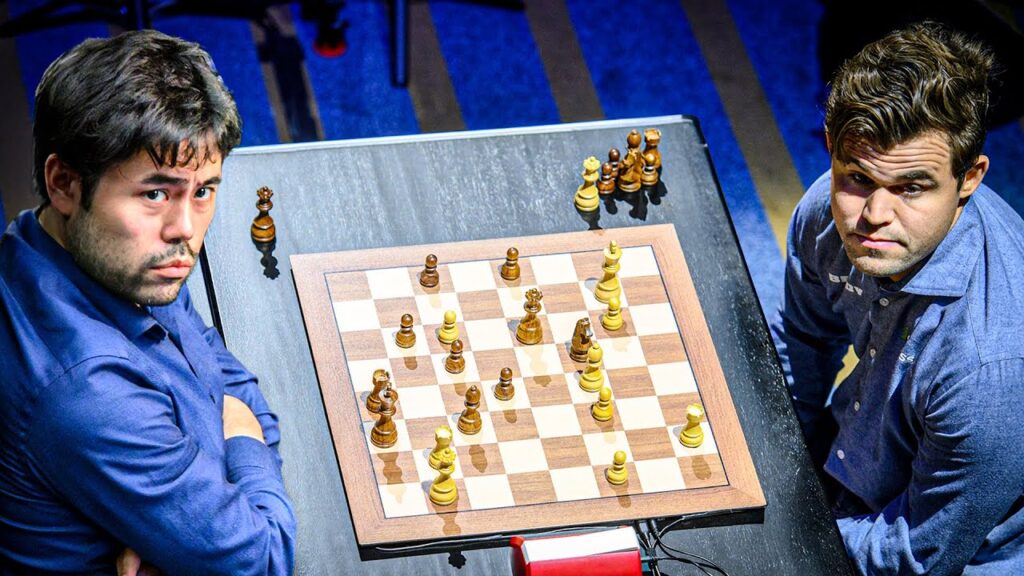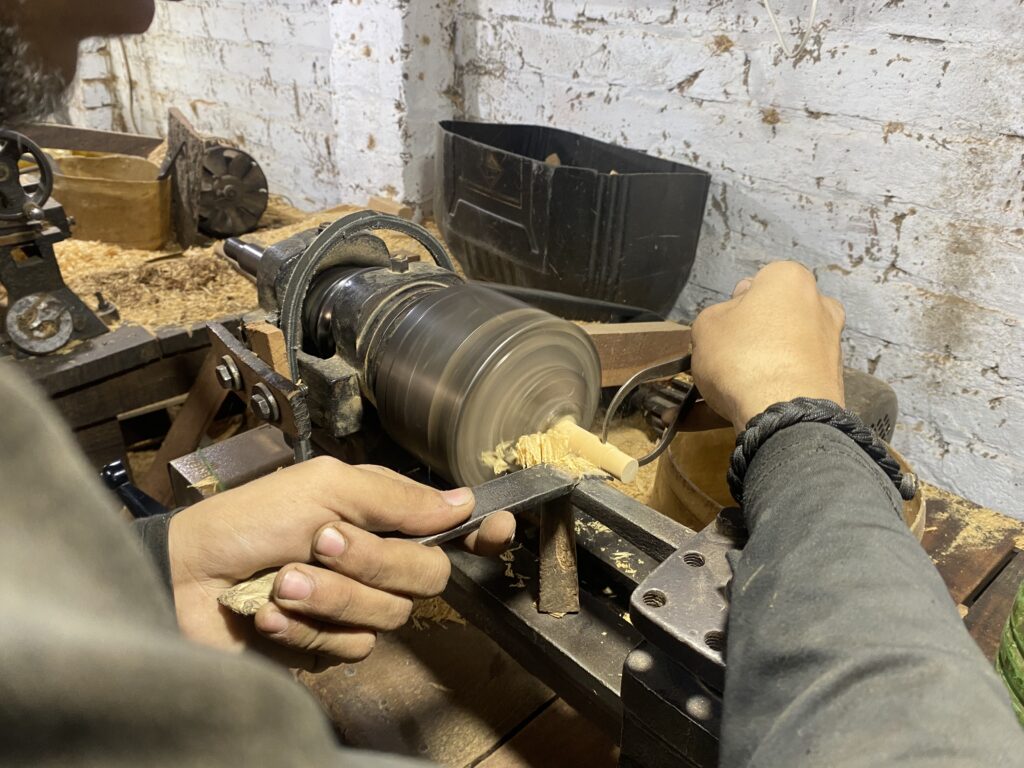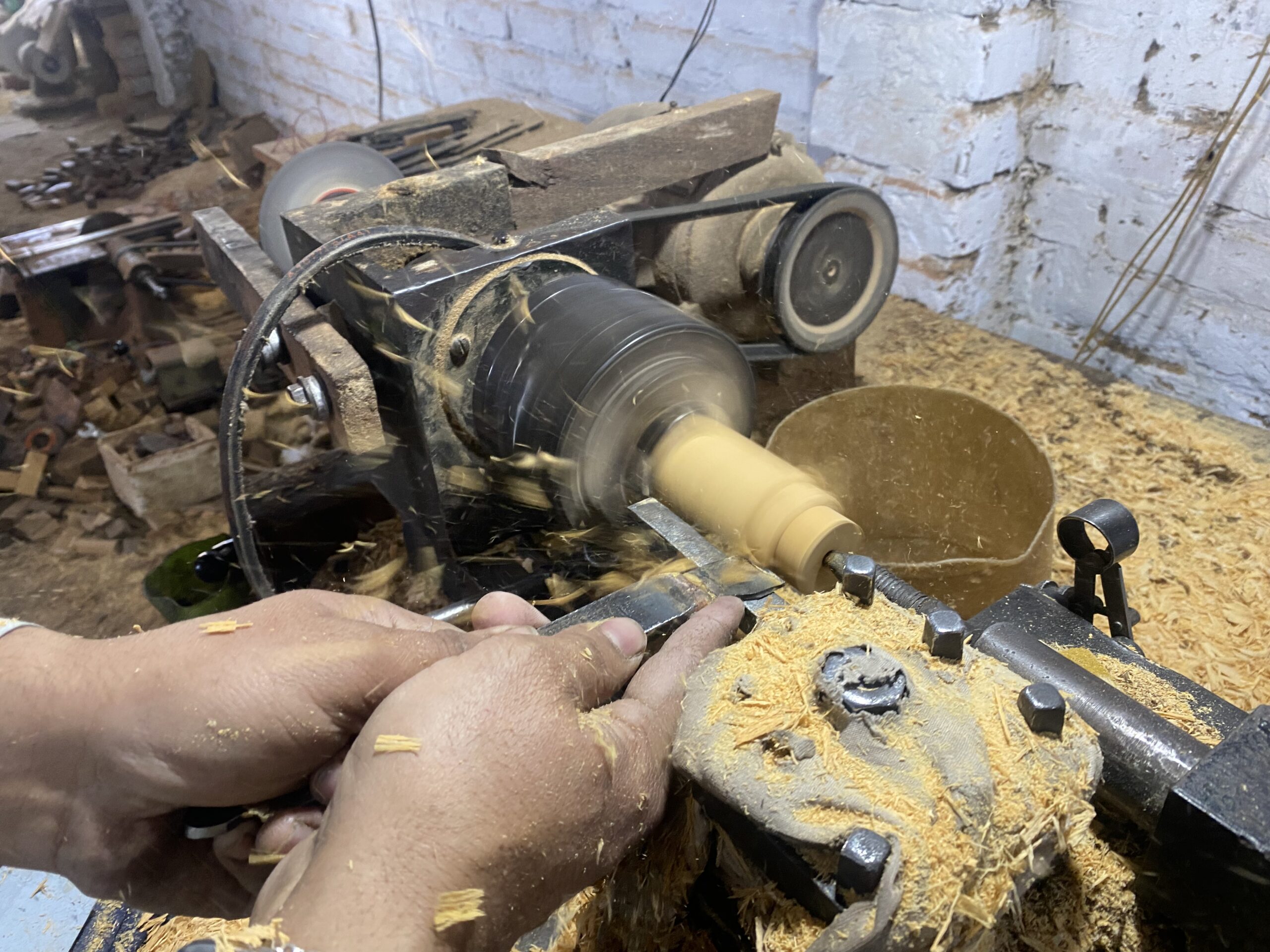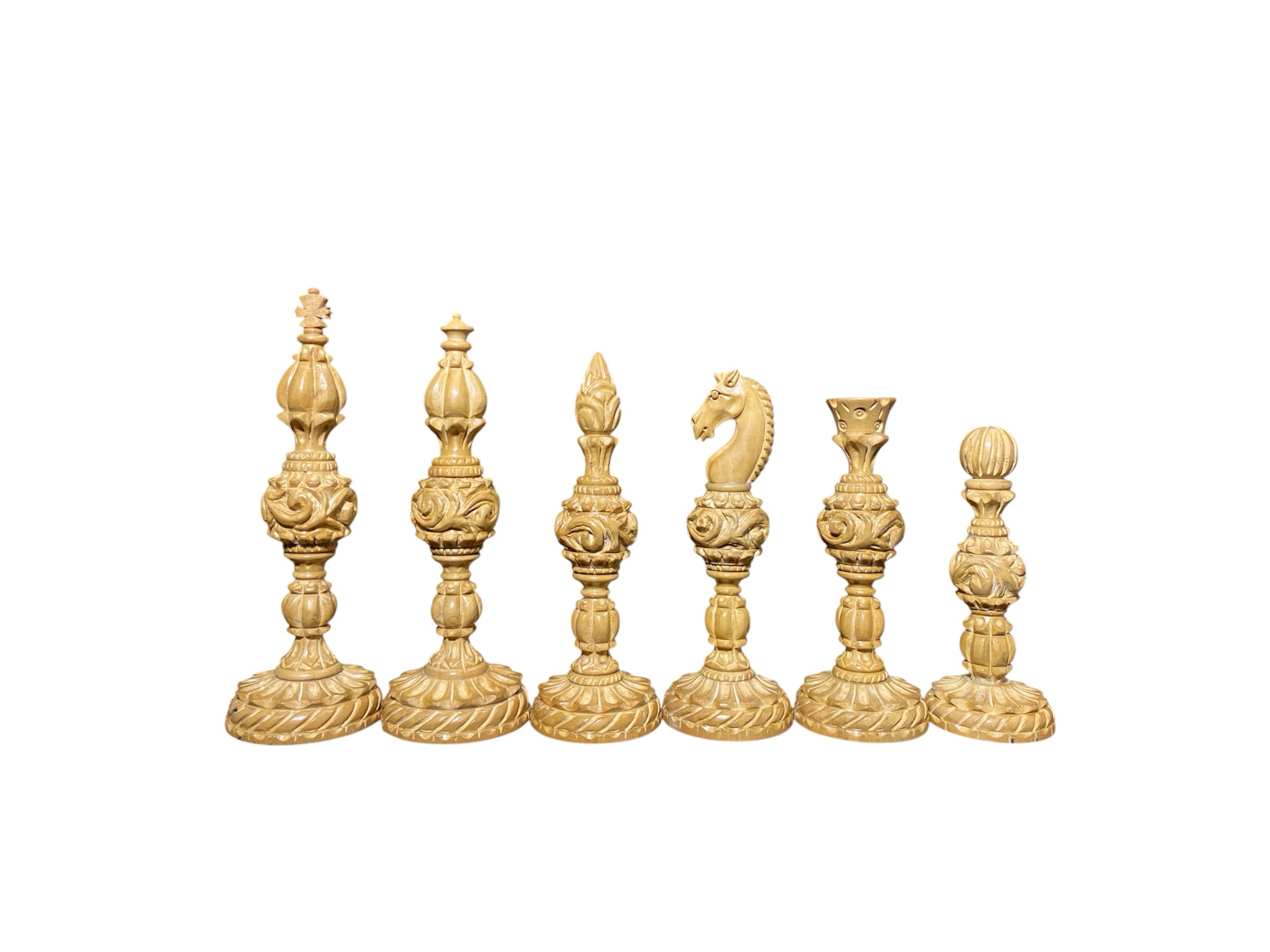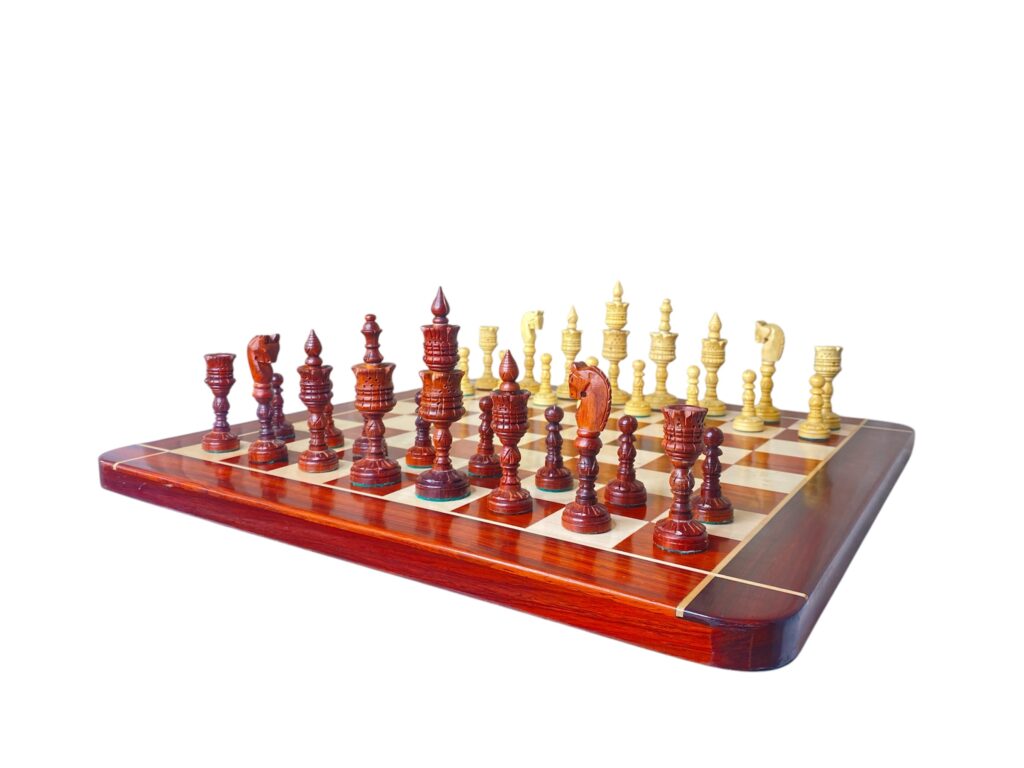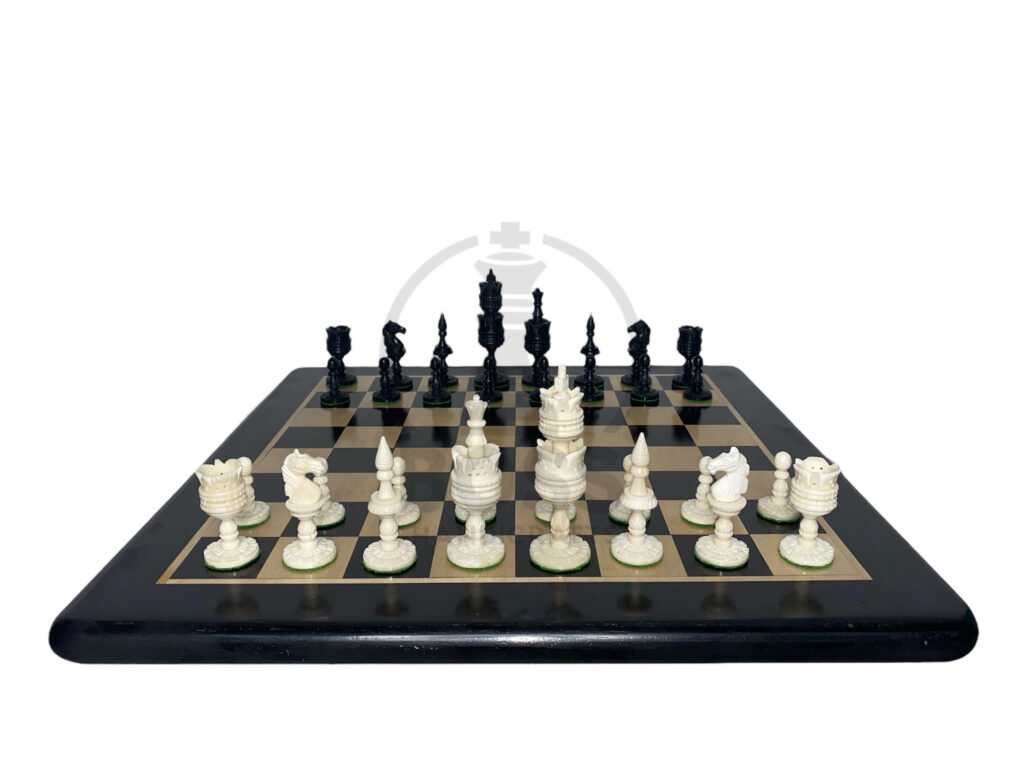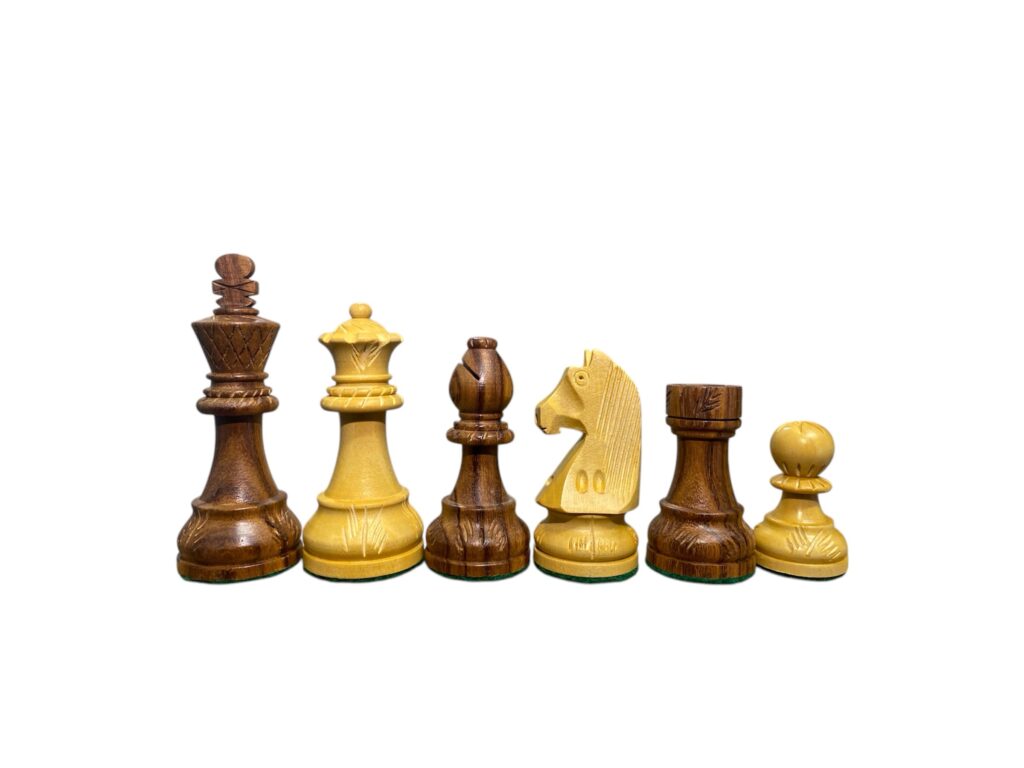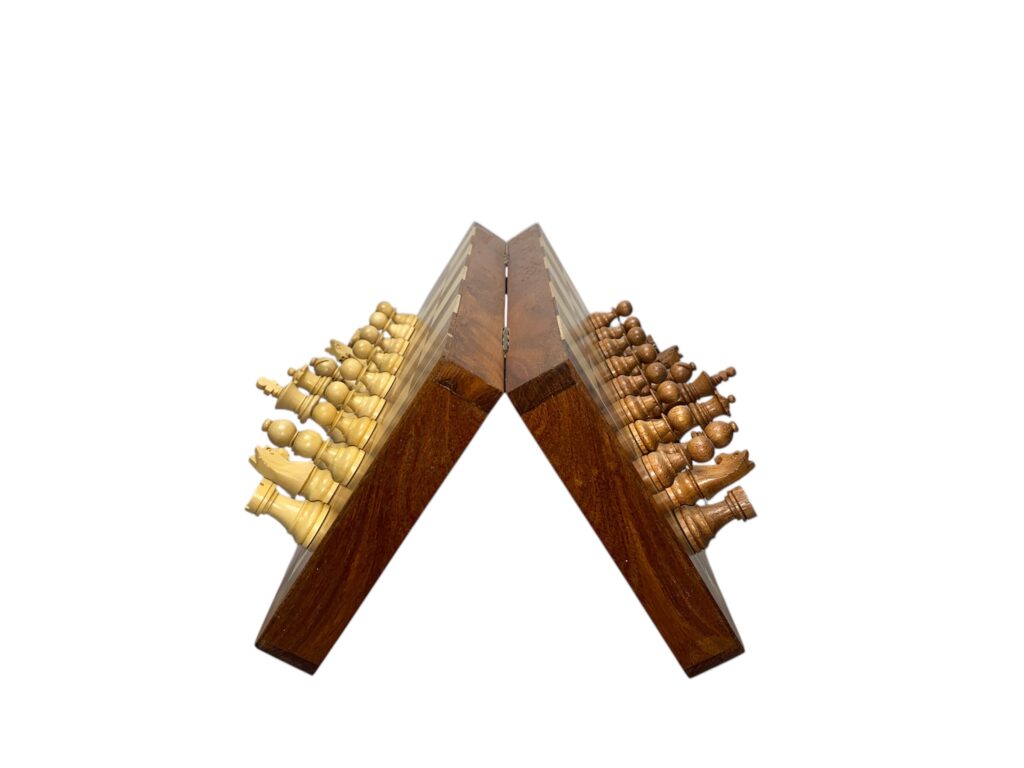How to Win Chess in Fewer Moves: A Beginner’s Guide

Famous Quick Checkmate Strategies
In the realm of chess, certain strategies have gained renown due to their effectiveness in achieving checkmate in a few moves. Among these, the ‘Fool’s Mate’ and ‘Scholar’s Mate’ are particularly noteworthy for those looking to refine their skills and win efficiently.
The ‘Fool’s Mate’ is known as the fastest possible checkmate in chess, requiring only two moves from Black to secure victory. It occurs when White plays a series of blunders, particularly moving their pawn to f3 and subsequently allowing Black to checkmate with a queen to h4. This scenario is largely hypothetical as it relies on incredibly poor play from White, but it serves to highlight the importance of developing pieces and controlling the center of the board early in the game.
Conversely, the ‘Scholar’s Mate’ is perhaps the most famous quick checkmate strategy used by beginners. It can be executed within four moves, taking advantage of White’s pattern of advancing the f-pawn and then targeting Black’s weak f7 square. The typical sequence features White playing e4, Qh5, Nc3, and then eventually concluding with Bc4 and Qxf7#. This quick victory clearly emphasizes the significance of developing threats early on and illustrating how a seamless progression can yield immediate results.
Historically, renowned chess players such as Paul Morphy and Bobby Fischer have demonstrated versions of these strategies in their games. While these tactics are primarily useful for newcomers, they underscore the fundamental principles of chess: controlling the center, developing pieces swiftly, and being mindful of vulnerabilities in both the opponent’s defenses and one’s own positioning. Understanding these quick checkmate strategies provides a baseline for every beginner to remain vigilant and strategize effectively in their own matches.
Common Mistakes to Avoid
Beginners in chess frequently encounter several common pitfalls that can adversely affect their performance. Understanding these mistakes is essential for any player aiming to improve their game and ultimately win in fewer moves. One prevalent error is neglecting the development of pieces in the opening phase. Many novice players focus solely on moving pawns or are drawn to immediate tactical threats, neglecting the importance of governing the center of the board and activating their pieces. A well-developed piece can increase control over the board and enhance mobility in later moves.
Another critical mistake is failing to protect valuable pieces. Beginners often become preoccupied with executing their strategies without considering the safety of their knights, bishops, or rooks. Leaving a piece undefended not only compromises their position but can also lead to losing material, significantly diminishing the chances of success. Calculating potential threats from the opponent is vital to avoid falling into such traps.
Additionally, poor pawn structure can create long-term vulnerabilities. Beginners frequently ignore the strategic importance of pawns, making random forward moves that can create weaknesses. An isolated or doubled pawn can become a target for the opponent, hindering one’s overall strategy. Therefore, maintaining a solid pawn formation is crucial in sustaining a robust defense.
Moreover, overly aggressive play can also lead to swift defeats. While the desire to attack is a natural inclination, reckless aggression without proper preparation can leave one’s own position susceptible to counterattacks. It is advisable to balance offensive tactics with adequate defense to ensure that any aggressive moves are sound and strategically planned.
Being aware of these common mistakes can significantly enhance a beginner’s chess journey. By developing a strong foundational understanding of thoughtful planning and foresight, players can avoid pitfalls and focus on executing strategies that lead to victory in fewer moves.
Tactics for Quick Wins
In chess, employing tactical strategies is essential for achieving quick victories, particularly against less experienced opponents. Three fundamental tactics that facilitate rapid triumphs are forks, pins, and skewers. Understanding and effectively implementing these tactics can significantly enhance a player’s ability to win in fewer moves.
First, let’s discuss the tactic of the fork. A fork occurs when a single piece simultaneously attacks two or more of the opponent’s pieces. This often forces the opponent to choose which piece to save, allowing the attacker to capture the other(s). Knights are particularly adept at executing forks due to their unique movement capabilities. For example, a knight can jump to a central position where it threatens both a rook and a queen, making it challenging for the opponent to defend both valuable pieces.
Next, we have the pin, a tactic that immobilizes an opponent’s piece by placing it in a position where it cannot move without exposing a more valuable piece behind it. Bishops and rooks are commonly used to pin opponents’ pieces. For instance, if a rook pins a knight to the opponent’s king, the knight cannot move; if it does, the king would be placed in check, violating the rules of the game. This creates opportunities for faster tactical plays that can lead to checkmate.
Lastly, the skewer is a powerful technique that flips the concept of the pin. In this case, a valuable piece is placed in front of a less valuable one. When the piece in front moves away, the opponent loses the more valuable piece behind it. The skewer can be effectively executed with a rook or queen, often leading to a material advantage. By learning these tactical moves—forks, pins, and skewers—players can develop a stronger strategic foundation, enabling them to achieve quick wins on the chessboard.
The Role of Chess Masters in Quick Wins
Chess masters play a pivotal role in demonstrating strategies for achieving quick victories on the board. Their immense knowledge and experience allow them to recognize opportunities that often elude beginners. Renowned players such as Bobby Fischer and Garry Kasparov have not only mastered the game but have also crafted distinctive styles that enable them to secure swift wins. The analysis of their games provides invaluable insights for those aiming to improve their chess strategies.
Bobby Fischer, an American chess prodigy, emphasized the importance of rapid development in the opening phase of a game. One of his most famous matches, the 1972 World Championship against Boris Spassky, showcased his ability to dominate through aggressive tactics and pressure the opponent into mistakes. Fischer’s rapid play often forced his opponents into uncomfortable positions, leading them to blunder early in the game. His ability to capitalize quickly on weaknesses sets a high standard for quick wins, offering critical lessons in both speed and strategic planning.
Similarly, Garry Kasparov, a dominant force in the chess world, is known for his assertive approach. In his 1985 match against Anatoly Karpov, Kasparov employed innovative tactics that resulted in rapid victories. By harnessing the power of the initiative, he maintained control and dictated the game’s pace. Kasparov’s techniques, including unconventional openings and aggressive middle-game strategies, highlight the importance of flexibility and adaptability in achieving short-term success on the chessboard.
Through studying the techniques of chess masters, players can glean strategies for achieving quicker victories. By focusing on efficient development, aggressive play, and maintaining the initiative, beginners can learn to navigate the complexities of chess more effectively. Ultimately, the mastery showcased by these prominent figures serves as a guide for aspiring players aiming for rapid success in their games.
Practicing for Improvement
For beginners striving to enhance their chess skills, effective practice is essential. One of the most valuable methods is playing with friends, as this offers a supportive environment where new strategies can be tested and discussed. Engaging in friendly matches not only helps in understanding basic principles but also allows for real-time feedback from peers. Regular games with different opponents can expose players to various styles and tactics, which is crucial for overall improvement.
In addition to playing with others, chess puzzles serve as an excellent tool for skill development. These puzzles often focus on specific scenarios that encourage critical thinking and quick decision-making. By regularly solving these puzzles, beginners can sharpen their tactical awareness and pattern recognition abilities, two fundamental components of winning strategies in chess. Many resources, including books and online platforms, provide a plethora of puzzles that cater to varying skill levels, making it easy for players to find appropriate challenges.
Online chess platforms are another vital resource for novices. Websites and apps dedicated to chess often feature numerous playing modes, including timed games against players from around the world or practice games against computer algorithms. These platforms facilitate consistent practice and enable users to analyze their games afterward, a step that is critical to understanding mistakes and improving tactics. Furthermore, many of these platforms offer instructional videos and lessons that can help beginners learn effective strategies and explore quick win techniques.
The importance of consistent practice cannot be overstated, especially when it comes to mastering chess. By incorporating regular play with friends, engaging with chess puzzles, and utilizing online tools, beginners can obtain a well-rounded approach to improving their game. This multifaceted practice will significantly contribute to developing quick win strategies, essential for progressing in chess.
Resources for Beginners
For individuals venturing into the world of chess, numerous resources are available to facilitate learning and skill development. These resources encompass a variety of formats, catering to different preferences and learning styles. Beginners can greatly benefit from leveraging all available resources to enhance their understanding of chess strategies and techniques.
One of the most significant avenues for learning is literature. Various books detail fundamental concepts and advanced strategies that are essential for becoming proficient in chess. Recommendations include classic texts such as “My Great Predecessors” by Garry Kasparov, which provides insight into the games of past world champions, or “Chess for Dummies” by James Eade for a more accessible introduction. These books can be found online or at local bookstores.
In addition to books, online tutorials offer interactive learning experiences. Websites like Chess.com and Lichess.org provide platforms where beginners can play against others, solve puzzles, and access instructional videos covering a range of topics. Mobile applications such as ChessKid and Learn Chess with Dr. Wolf present an engaging way to practice on the go, with tutorials and exercises designed specifically for inexperienced players.
Forums and online communities also serve as valuable resources, allowing new players to discuss strategies, ask questions, and share experiences with more seasoned players. Websites such as Reddit’s r/chess and other dedicated chess forums can provide insights and tips that are not available in traditional instructional materials.
Lastly, for those looking to purchase a chess set, quality products can be found at bosshandicrafts.com. This site offers a range of well-crafted chess sets that can inspire beginners to practice and play with friends and family. Integrating these resources into one’s chess journey can significantly enhance understanding and enjoyment of this timeless game.
Conclusion: Winning with Confidence
In this guide on how to win chess in fewer moves, we have explored essential strategies and concepts that can significantly enhance your gameplay. We delved into the importance of developing a strong opening repertoire, which sets the tone for the middle and endgame. Understanding various tactics and formations can lead to creating opportunities for swift victories. Moreover, we examined the value of learning from each match, emphasizing the process of reviewing one’s games to identify areas for improvement.
Confidence emerges as a crucial component in your journey to mastering chess. As you practice and implement the techniques discussed, remember that every player, including grandmasters, faced challenges and lost games. The key to improvement lies in consistently applying your knowledge and not being discouraged by setbacks. Embracing a patient mindset allows you to enjoy the intricacies of chess while fostering your analytical skills.
Furthermore, playing regularly against various opponents can expose you to different styles and strategies, ultimately broadening your understanding of the game. Engaging in local chess clubs or online platforms offers an excellent opportunity to challenge yourself and connect with fellow chess enthusiasts. Observing stronger players and participating in competitions can also expedite your growth.
In conclusion, by integrating the strategies outlined in this post and playing with confidence, you will find that each match helps you develop a deeper appreciation for chess. Remember to enjoy the process and celebrate your progress, no matter how small. With time, persistence, and a love for the game, you will undoubtedly see improvements in your skills and your ability to win chess matches in fewer moves.


